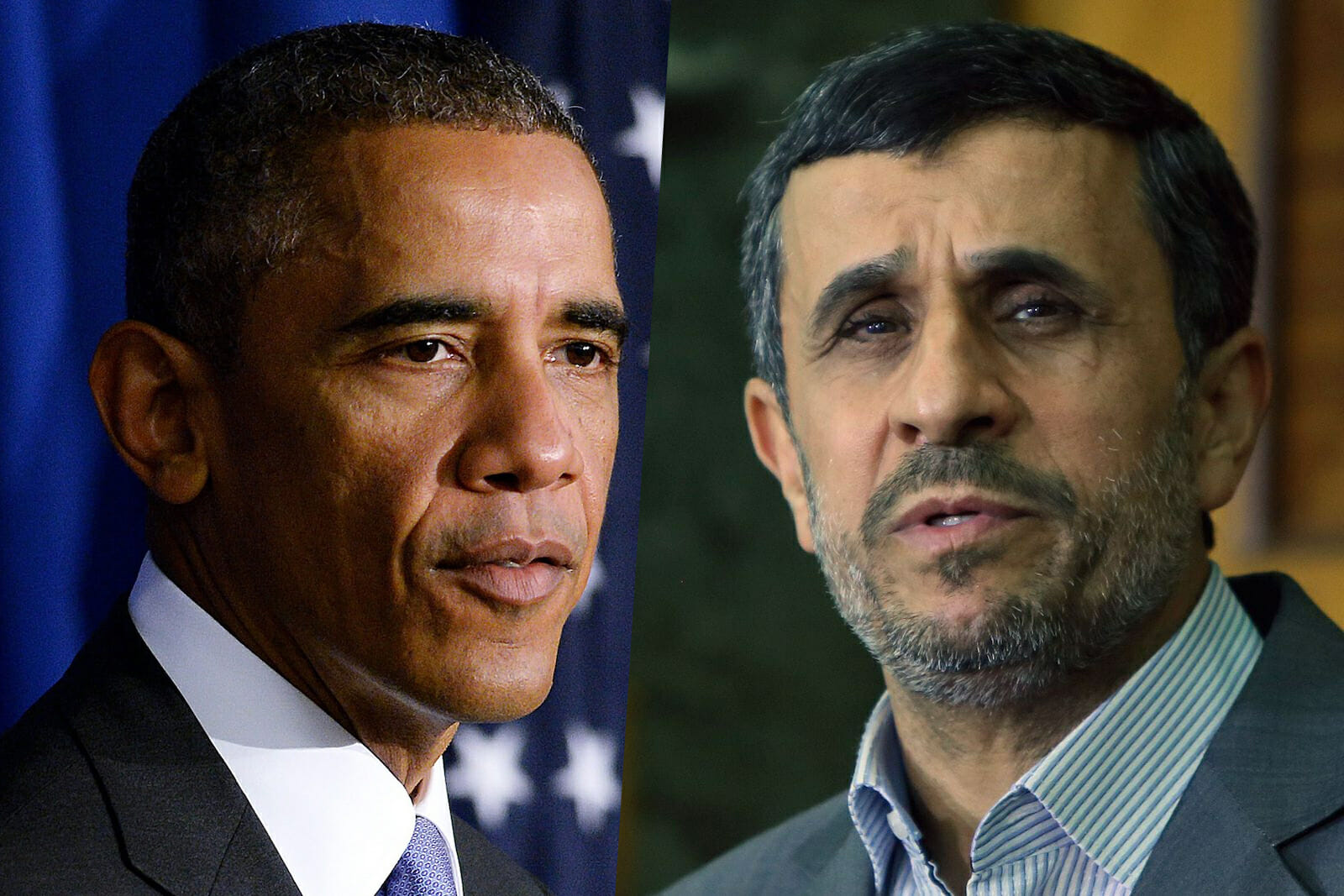
What the Middle East will Look Like if Iran is Attacked
“The president has made clear that he will prevent Iran from getting a nuclear weapon, and we will do what we must to achieve that.” – U.S. National Security Council spokesman Tommy Vietor
Two weeks ago the US denied that an agreement was made to meet with Iranian officials to discuss the Iranian nuclear program after the American election. It appears that Iranian officials either expect Mr. Obama to be reelected or are trying to get back to the negotiating table before they are forced to negotiate with a Romney administration. Iran seems to be signaling its opening position – that it will settle for a “break-out” nuclear capability (wherein the components of a weapon are available for assembly but not readily available) in exchange for the end of sanctions, or an agreement with Israel not to strike. Last month the Iranian Foreign Ministry stated its flexibility in negotiating to “ease western concerns.” In the face of crippling sanctions and an increasing likelihood that Israel may indeed bomb Iran, has Iran finally blinked?
We think not. There is nothing in Iran’s previous or current behavior to suggest that rumors of pending negotiations are true, nor that they would prove to be successful. More likely, any attempt at negotiation would simply be another stall tactic designed to bide time while Iran races toward full enrichment capability. As such, we must assume that Israel (and possibly the U.S.) believe an attack on Iran may ultimately be necessary. So what would the Middle East look like if Iran is attacked?
Past experience suggests that Iran’s leadership is rational, understands proportionality and restraint, and is capable of strict self-control. Cultivating an image of irrationality can at times be useful and, for a country like Iran with limited military resources, necessary. This suggests that Iran’s response will be guided by its own fear of American reprisal and stop short of threatening Israel’s survival, knowing that doing so would risk a direct nuclear strike. By limiting itself to conventional weapons, Iran’s priorities will remain to guard its mountainous regions against border incursions, protecting its oil exports, and preventing sectarian violence against the regime.
Iran’s first move following an air strike would likely be to implement a pre-planned reply via sustained rocket counter-attacks from Israel’s neighboring territory (similar to what occurred in 2006). The US would likely see attacks on its military interests in the region, increased attacks on its forces in Afghanistan, and increased assistance to the Taliban and other anti-Coalition organizations. Tensions will escalate elsewhere in Iran’s periphery, with countries such as Lebanon, Egypt, and Iraq becoming targets of Iranian covert operations against western interests. Israel would simultaneously hit targets against Hezbollah and other forces allied with Iran in Lebanon and Syria, raising concern about a regional conflict.
Iran knows it must make good on its promise to retaliate against world oil markets if attacked. This means activating a plan to stop or at least marginally delay shipments of oil through the Strait of Hormuz. This requires a long commitment on the part of Iran’s naval forces, which must lay roughly 2,000 mines fast enough to outpace American naval operations to protect against this. Establishing a “Q-route” – a cleared path with less than 10% probability of striking a mine – requires weeks of work, giving global commodities markets time to panic, recover, and then settle on a price of oil that will undoubtedly surpass $100 per barrel. Iran will need to consider if its response has met its threshold of proportionality and end further harassment. There is the looming threat of the US launching its own airstrikes against non-military targets. Iran must not invite covert cross-border incursions.
The Iranian regime would benefit from a boost in nationalism following a strike. The average Iranian would rally around the flag – even though he/she may oppose the government. The ensuing national outcry will allow the regime to consolidate its domestic position at the expense of the opposition as the country moves to a wartime footing. Current rivalries between President Ahmadi Nejad and Supreme Leader Khamenei would be temporarily settled. Without accountability, other government institutions could be ignored in favor of military leadership. This could create a more aggressive regime that would justify further regional antagonism by acting as the victim of international aggression.
Aside from the short-term strategic implications of a strike, the longer-term consequences center on economics. The world can live without Iranian goods having done so for the past 30 years of sanctions. Assuming sanctions continue for several years, liquidity will worsen as Iran may convert the majority of its gold and foreign currency reserves to manage inflation. In order to benefit from higher oil prices – at least for a short time – Iran would need to find a way to get its oil tankers to foreign ports. More than likely, Iran and either China or India will find a way to ensure Iranian tankers and get them to sea. As the guarantor of naval security in the Persian Gulf, the US may actually allow passage in an effort to calm global oil markets. The Gulf Cooperation Council, which helps finance Iranian industry and whose stock markets are vulnerable to fluctuations in Iran, will pressure the US to allow safe passage. Western markets will also be volatile but increased production of petroleum from Libya, Canada, and Iraq, along with the release of US strategic reserves, could provide needed volume for twelve to 2 years.
International isolation and economic hardship in the months that follow will eventually take its toll on all Iranians. Major changes will be needed in the Iranian economy to adapt to additional financial constraints and find new sources for its exports. The inevitable military defeat will cause Iranian leaders to spend additional capital reconstituting its nuclear program, which could bankrupt Iran. Would moderate Iranians accept the austerity required for this spending? Khamenei stated that Iran will never surrender to economic pressure and will try creative ways to make good on that promise.
So, weakening the rial and bottling up Iran’s currency reserves will require additional hardship on the part of Iranians but this does not mean that the nuclear stalemate would be over. Iranians have endured decades of economic sanctions, and there is every reason to believe that they can continue to do so. Furthermore, analysis suggests that Iran actually increases its military spending during periods of oil price shocks, as will likely occur following an air strike, so in some sense, military aggression risks accelerating the project that Israel and the US wish to destroy.
There are broader issues at stake beyond the immediate effects of a strike or the deals made if Israel or Iran backs down, especially for American grand strategy in the region. A new strategy would be needed for long-term management of Iran’s future ambitions, either with or without a nuclear weapon capability. The Syrian conflict makes clearer the alliances that would result from a post-strike Iran, with Iraq and Syria being Iran’s only real friends in the region. Turkey, Jordan, and Saudi Arabia would likely see value in allying with Israel – at least temporarily – which may make it more difficult for Iran to continue its meddling in the region and possibly result in turning the tide against Assad in Syria. So a post-strike Iran may not necessarily imply a net negative for the region, as long as it permits the strengthening of Sunni opposition to Iran.

